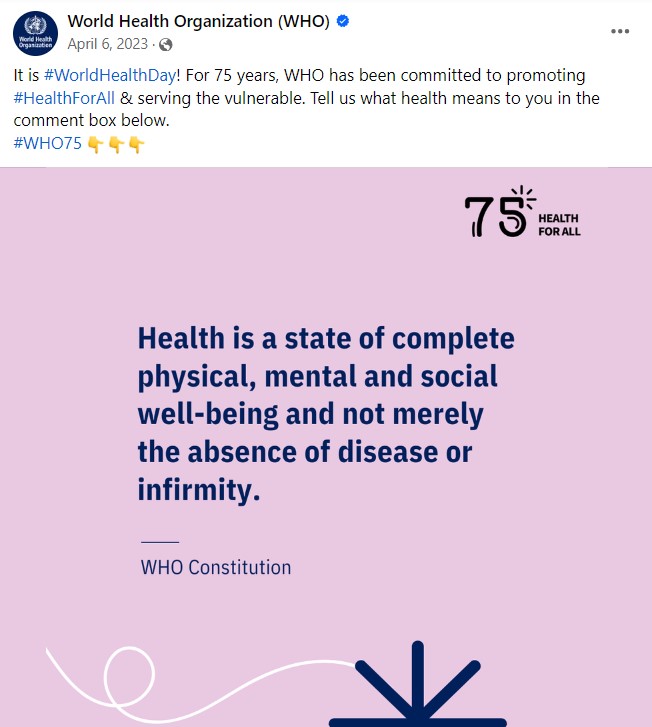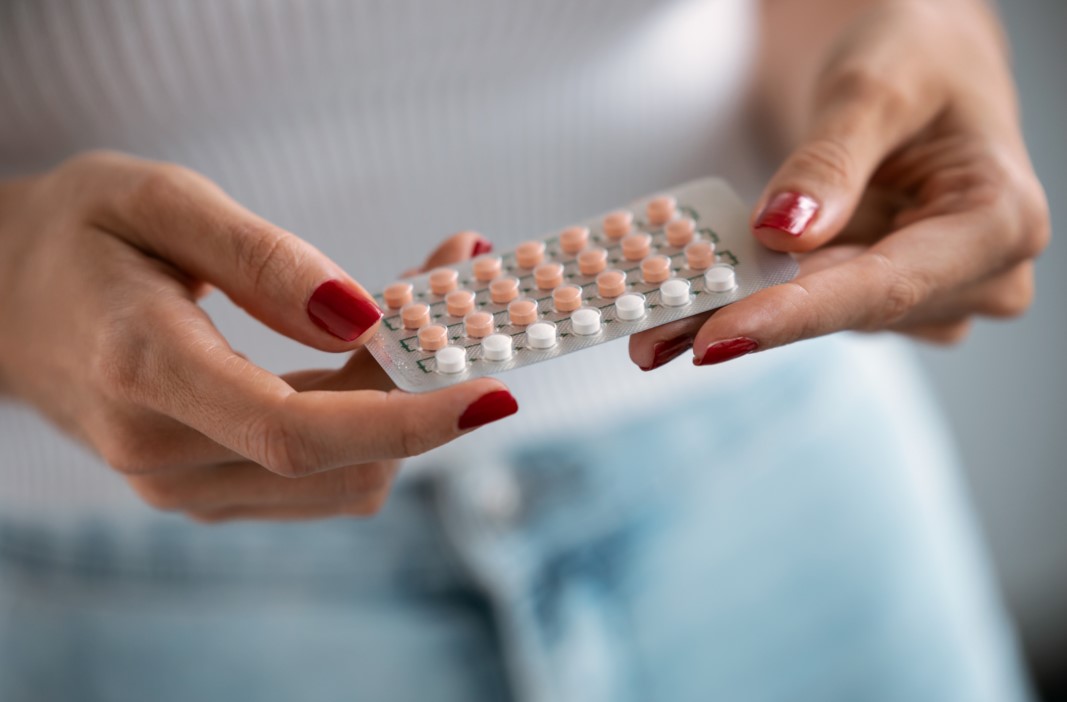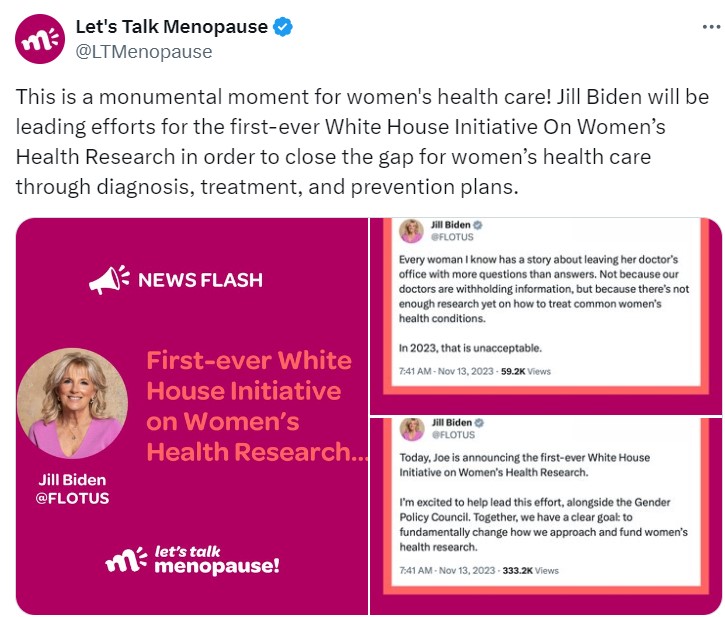 The rise of health awareness trends is growing just as rapidly as technology is evolving in the world today. Wellness products and services are estimated to be over $450 billion in the U.S. alone and growing over 5% each year. For this – and many other reasons – companies have been leaning into product testing and consumer insights to help transform their goals and understand what really defines a “healthy consumer.”
The rise of health awareness trends is growing just as rapidly as technology is evolving in the world today. Wellness products and services are estimated to be over $450 billion in the U.S. alone and growing over 5% each year. For this – and many other reasons – companies have been leaning into product testing and consumer insights to help transform their goals and understand what really defines a “healthy consumer.”
The health and wellness choices consumers are making are for their well-being, of course, but they are also constantly reshaping markets and industries. So, why do they change so much and so often? There are many factors that play a part, and backed by product testing we can reveal how impactful they are when it comes to product purchases: technological influences, lifestyle and social values, new scientific research findings, media influence, global health concerns (like COVID-19), access to information, the aging population – the list goes on. We’ve uncovered how the healthy consumer profile has changed over time, and what current and future health trends brands can build their future strategies around.
The “Healthy Consumer” Over The Years
 Traditionally, being healthy meant the absence of disease or illness. That was back before 1850, when people also didn’t live as long as they do today. In 1948, the World Health Organization (WHO) redefined health to mean “a state of complete physical, mental, and social well-being and not merely the absence of disease or infirmity.” This evolution had huge impacts as it extends beyond just physical body health.
Traditionally, being healthy meant the absence of disease or illness. That was back before 1850, when people also didn’t live as long as they do today. In 1948, the World Health Organization (WHO) redefined health to mean “a state of complete physical, mental, and social well-being and not merely the absence of disease or infirmity.” This evolution had huge impacts as it extends beyond just physical body health.
Today’s health-conscious consumer is making smarter choices driven by nutritional value, sustainability, and ethical considerations. Deciding what is “healthy” for individuals comes down to various factors: personal goals, peer influence, taste preferences, product labels, current trends, health conditions, affordability, accessibility, and much more.
In recent years, the concept of the “healthy consumer” has gone through another new transformation. Many insights have uncovered that what once focused on natural and organic products has shifted into gut health, mental health, sleep improvement, and targeted supplements signifying a more personalized approach to wellness.
The concept of the “healthy consumer” has become a key area that many brands are seeking answers on in order to create products that resonate with consumer preferences around health and wellness. Connecting consumer insights with high impact to new healthy product directions with the aid of data-backed research can instill the confidence needed to succeed in the marketplace.
Two New Shifts For The “Healthy Consumer”
Two newer shifts are taking over and transforming what the “healthy consumer” looks like: medicinal products for non-traditional purposes and an increased focus on women’s health.
 This first recent and noteworthy shift is the repurposing of prescribed medicinal products for non-traditional uses. Although this has been a common practice in the industry for a while now, it has been put more prominently into the spotlight over the past year. Ozempic, originally a diabetes management medication, had turned into a huge fad and is now being requested by patients for weight loss. The New York Times says “Ozempic keeps gaining attention as celebrities, a tech mogul, and TikTok influencers have described taking it to lose weight in short time frames.” This craze is changing the way people view traditional medications, with side-effects gathered from insights that impact consumers’ sensory preferences around product taste, meal consumption patterns, and sometimes a “vanity” association connected to the drug for its trending weight-loss purposes.
This first recent and noteworthy shift is the repurposing of prescribed medicinal products for non-traditional uses. Although this has been a common practice in the industry for a while now, it has been put more prominently into the spotlight over the past year. Ozempic, originally a diabetes management medication, had turned into a huge fad and is now being requested by patients for weight loss. The New York Times says “Ozempic keeps gaining attention as celebrities, a tech mogul, and TikTok influencers have described taking it to lose weight in short time frames.” This craze is changing the way people view traditional medications, with side-effects gathered from insights that impact consumers’ sensory preferences around product taste, meal consumption patterns, and sometimes a “vanity” association connected to the drug for its trending weight-loss purposes.
 The second revolutionary shift is the increase in attention to women’s intimate health. One notable recent advancement is the introduction of the first OTC birth control pill, Opill. Approved by the FDA in late 2023, this oral tablet is said to be 93% effective in preventing pregnancy with normal usage. This drug provides accessibility and inclusivity to women in need, without a prescription, making this a very attractive consumer choice. Popular Science reports “The open access (for Opill) will benefit millions of people, which is why PopSci chose it as the 2023 “Innovation of the Year.” How are innovative products, like this and others, being received by the general population and breaking boundaries with the way consumers view health?
The second revolutionary shift is the increase in attention to women’s intimate health. One notable recent advancement is the introduction of the first OTC birth control pill, Opill. Approved by the FDA in late 2023, this oral tablet is said to be 93% effective in preventing pregnancy with normal usage. This drug provides accessibility and inclusivity to women in need, without a prescription, making this a very attractive consumer choice. Popular Science reports “The open access (for Opill) will benefit millions of people, which is why PopSci chose it as the 2023 “Innovation of the Year.” How are innovative products, like this and others, being received by the general population and breaking boundaries with the way consumers view health?
 In a health category that has faced stagnation in the past, menopause supplements are also experiencing a new surge of attention, emphasizing the consumer desire to prioritize women’s health. In November 2023, first lady Jill Biden made an announcement for a White House initiative on the topic of women’s health research. She called out a “stunning lack of information” regarding menopause management which sparked the initiative into action. The world of women’s health is shouting a call to action for a deeper and continuous commitment to research and development, which includes new product developments that require thorough product testing and consumer insights.
In a health category that has faced stagnation in the past, menopause supplements are also experiencing a new surge of attention, emphasizing the consumer desire to prioritize women’s health. In November 2023, first lady Jill Biden made an announcement for a White House initiative on the topic of women’s health research. She called out a “stunning lack of information” regarding menopause management which sparked the initiative into action. The world of women’s health is shouting a call to action for a deeper and continuous commitment to research and development, which includes new product developments that require thorough product testing and consumer insights.
What’s the Next “New Healthy”?
As we look to the future, the question on our minds is this: what defines the next “new healthy”? Deeper insights are becoming more crucial as we see consumer interests are shifting, continuously, and now towards trends like personalized nutrition with customized plans based on individual genetic makeup.
Additionally, the role of regenerative agriculture is gaining attention, not just for its environmental potential, but also with its ability to boost nutrient density in foods. How can this be implemented into new product developments and how will consumers react to this direction?
Biohacking is another movement gaining more attention, which involves making healthy changes to the consumer lifestyle in order to “hack” the biology of the body and optimize its performance. Think intermittent fasting, cold exposure, and nootropics.
What other changes are consumers making to improve their health and wellness? Consumer studies can help brands understand the best path forward – known and unknown – by digging deeper into the jobs to be done by a product.
The quest for the “next big thing” in health is evolving relentlessly and shaping how the market defines the “healthy consumer.” Businesses and industries must learn and adapt to these changing preferences because staying agile and responsive to emerging health trends will keep brands ahead of the curve, every time.
About Curion:
Curion specializes in delivering impactful insights to the world’s top CPG companies, helping them develop winning, repeatedly purchased products. Curion’s deep data-driven product insights, sensory expertise, and state-of-the-art consumer centers enable them to uncover responses to critical client objectives. With over five decades of experience in the product testing industry, Curion is dedicated to guiding clients with their proprietary XP Xperience Performance platform, connecting brands to consumers at every step. An innovator in the industry, Curion recently developed a groundbreaking benchmarking product testing method, the Curion Score™, which has become a trusted and sought after tool within the industry. As one of the largest product and consumer insights companies in the U.S., Curion has built a reputation for excellence and trust among the world’s leading consumer brands. Curion’s commitment to innovation and expertise, coupled with a passion for delivering actionable insights, makes Curion a valuable partner for companies looking to develop and launch successful products.
